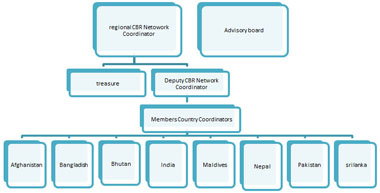The 3rd Asia-Pacific CBR Congress
A brief version of the Razi Khan Hamdard Abstract
Sustainable Collaboration
CBR Network South Asia
Background
Community Based Rehabilitation ( CBR), is a comprehensive approach for working with people with disabilities to facilitate their access to health, education, livelihoods, empowerment and social integration.
South Asia region form 24% population of the world. According to World Bank in 2013 about 571 million people in the region survive on less than $1.25 a day, and they make up more than 44 percent of the developing world’s poor population. The 80 % population with disability in South Asia lives below the poverty line. Person with disabilities in South Asian have lack of access to rehabilitation and all other related services and assistive devices. To overcome on all those problems there is a need for time, development of the inclusive and right base strategies and CBR approach can play a leading role to bring positive changes in the region.
CBR Network (South Asia) is a regional Network working towards Coordinating of all initiatives in the field of Community Based Rehabilitation and Education of Persons with Disabilities, empowerment of Women, contribute to the rural Development, promoting the development of CBR in the region and working closely with the government related Ministries and departments for the growth and recognition of CBR in the member countries.
The South Asian CBR Network secretariat is in Kabul, the Network have members from all South Asian Countries and each country have their own national network with National coordinator and the national Network of all the members countries have close working relation with the regional body.. At the regional level, the Network have membership from Afghanistan, Bangladesh, Nepal, Pakistan, Bhutan, India, Maldives and Sri Lanka. Since its inception in 1993, CBR Network is active in accomplishing the snowballing effect through dissemination of Information, technical support, training, planning and management of CBR programmes, research and publications.
Factors that made us to think about the need to work together
- A majority of members had vast experience of working at grassroots level and a feeling of “frustration’ was in our mind and we had questions such as ‘from here what next’?
- Our own work seemed like a tiny drop in a massive ocean of needs of persons with disabilities. We were conscious of our own limitations and strengths
- None of us are as good as all of us. We have something to give and take. By sharing knowledge skills and experiences we can avoid duplication of efforts, wastage that occurs by reinvention of the wheel and build a better society based on mutual experiences.
- Feeling of isolation and seclusion can be broken easily by networking especially those who work in remote areas and under challenging conditions
Now we can share the experience and the power of networking (since 22 years of our work )
Core principle of networking
- Help each other
- A "culture of inclusion" requires openness to accepting the different capabilities and persons with diverse needs -accepting and respecting the individual differences and diversity Commitment to develop inclusive societies
Networking Strategy
- CBR Network uses Community Based Rehabilitation as a strategy to approach the community and the government for the rehabilitation and inclusion of persons with disabilities in all developmental programs and protection of their human rights
- The main thrust is given to ECCD (Early Childhood Care and Development), Inclusive Education of Children with Disabilities in mainstream schools, Human Resource Development for rehabilitation activities through training, transfer of technology and skills, advocacy to influence public policies, research and publications
Aims and Ethics
To act as an ethereal framework, making tangible the spirit-hub in the South Asian countries building on CBR principles, other global and national commitments concerning persons with disabilities through partnership, networking from people to people and Country to country to share their success and failures and to help each other to build on their mutual strengths. .
Vision
An inclusive and empowering environment where people with disabilities can live with dignity and equal rights and opportunities through community Based Approaches.
Mission
CBR Network is committed to develop culturally, socially, economically appropriate strategies: it makes no attempt at defining or teaching one interpretation of CBR, ancient or modern. Instead, like a sacred well, it aims to offer a rich and clearly researched blend of inspiration, knowledge building and sharing.
Objectives of the Network :
- To collect and disseminate information about disability and Community Based Rehabilitation services from all south Asian Countries
- To make information on CBR services accessible in electronic (internet, audio and video) and other formats (Braille, print, pictorial)
- To expand the CBR network activities with a focus on developing inclusive rights based societies in South Asian countries.
- To increase coordination and working relations among the CBR stakeholders in the South Asian countries:
- To increase capacity of the CBR implementing partners, government and other relevant entities through training and other information sharing methodologies in the region.
- Establishment linkages and working relation outside the region with other networks and disability and CBR related forums and disability rights movements:
- Awareness raising about the CBR concept and Sensitization of the Donors to support CBR projects and activities in the region:
- Participate in national, sub regional, regional and global disability and CBR related task forces meetings, workshops ,Conferences and training programmes as required.
Main Activities:
- Organize national CBR Conference every year to be organised by National CBR Networks in each member Countries
- Regional CBR conference by rotation basis to be hosted by member countries once in every 2 years
- Publish CBR fact sheet
- Organise training on various aspects of disability and CBR
- Organizing regular meetings of the CBR network members Countries
- Building trust and close working relations among the CBR stakeholders at the national and regional level
- Organizing relevant meetings with the CBR stakeholders and relevant governmental departments.
- Exposure visits to see CBR services in the field level for learning and sharing new experiences among the member Countries
- Organizing training, workshops in the regional level among the members countries
- Searching and compiling new materials for the CBR training and development
- Regular contact with the South members countries Coordinator, Asia Pacific CBR Network, WHO regional office and other relevant entities
- Facilitate the participation of South Asian members countries coordinators in the CBR Workshops, Conferences and seminars outside and inside the region.
- Searching for the training opportunities in Disability, rehabilitation and CBR for the network members organizations and individuals.
- Raising the issue of CBR in any relevant forum (governmental or non governmental).
- Making presentation about the CBR network and the CBR concept in any relevant meetings and gatherings.
- Lobby for the inclusion of the CBR strategy in the relevant policies and strategies of the governments of the member Countries.
- Sensitizing donors to support and fund CBR services in the region. And finding budget opportunities for the South Asian CBR network and CBR related activities in the regional level
Structure of the South Asian CBR Network.
Future plan with emphasis on sustainable collaboration.
- Organize the 6th South Asian CBR Network Conference in 2016
- Register the South Asian NETWORK with The SAARC for sustainable collaboration
- review and update the South Asian CBR Network charter to make it more inclusive
- To do an internal evaluation of the network to find out the strength and weaknesses and to agree on the future format of the network
- Get more formal recognition from the Asia Pacific CBR Network and other sub regional and regional Network
- Focusing on the strengthening of the national network structure and existence including national recognition from the member Countries
- leading, supporting and contributing to the development of national CBR strategy for each member Countries
- Contributing to the development of national CBR training Curriculum for the training of CBR workers in the member Countries
Conclusion
Working closely together while at the same time honoring our individuality and autonomy, all of us at the Network are creating something vibrant: a robust working space within which we can explore and develop our own countries in which people with disabilities live with respect and dignity.
The most vulnerable among people with disabilities such as women, children and elderly shall receive special focus in networking activities.
Together we walk with better strength, integrity, clarity and resolve.
Therefore we need to do allot more to strengthen the network through sustainable collaboration from the involve parties:
Challenges
- In some Countries the national networks is not well established
- The expectation from the regional Network is high and the resources is less
- Interpretation from the network is different among the member Countries
- The activities of the network is not much visible which cause negative impact on the importance of the network
- Raising regional financial resources is a challenging job
- Low contribution and commitments from the national Coordinators and other responsible individuals
- In principle Government commitment is there, but in term of implementation and mainstreaming, there is low contribution
Recommendations:
- Each Country should have well established national networks
- Clear charters for the regional and International network needs to be developed
- Clear plan of action and the implementation strategy should developed and in placed
- Locally and regionally financial resources should be raised
- The network should do more not only to organize regional conferences
- Country government needs to be more involve and the activities should be recognized
- Regular Skype meeting and conferences should be organized
- Awareness and information sharing events needs to be increased
- Committed members should be assigned for the network positions
- More involvement in the global, regional, sub regional and national disability and rehabilitation agendas.
Slide 1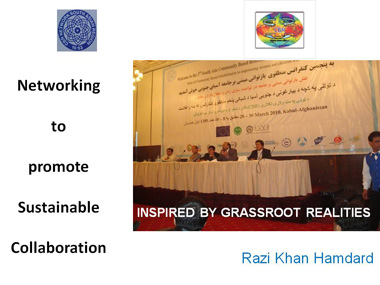 (Slide 1 text)
(Slide 1 text)
Slide 2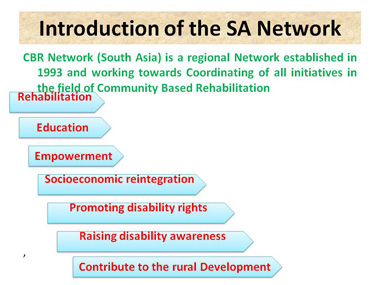 (Slide 2 text)
(Slide 2 text)
Slide 3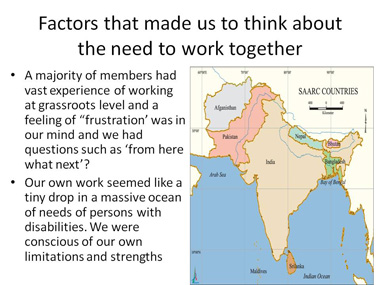 (Slide 3 text)
(Slide 3 text)
Slide 4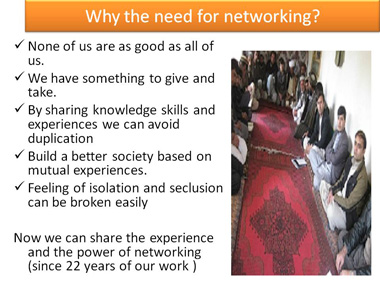 (Slide 4 text)
(Slide 4 text)
Slide 5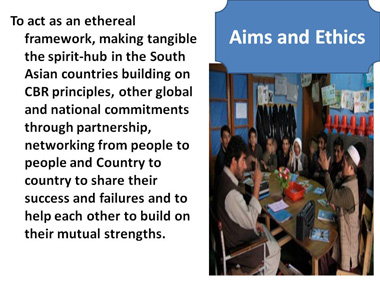 (Slide 5 text)
(Slide 5 text)
Slide 6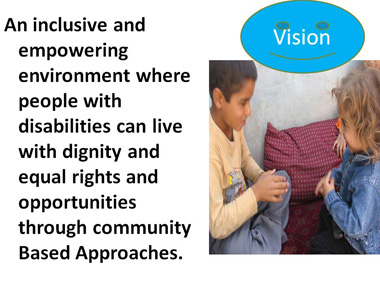 (Slide 6 text)
(Slide 6 text)
Slide 7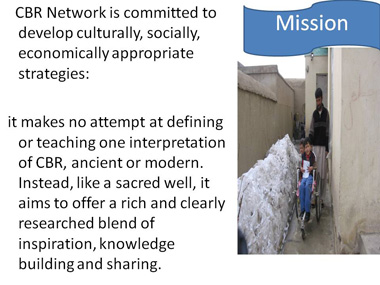 (Slide 7 text)
(Slide 7 text)
Slide 8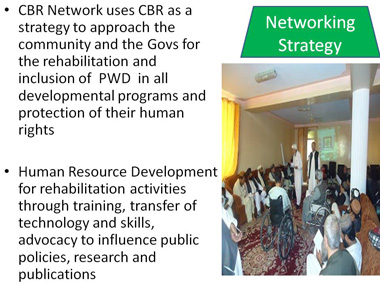 (Slide 8 text)
(Slide 8 text)
Slide 9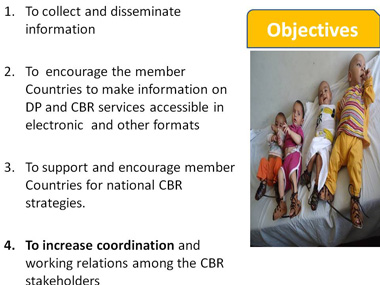 (Slide 9 text)
(Slide 9 text)
Slide 10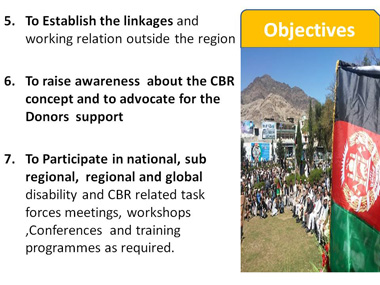 (Slide 10 text)
(Slide 10 text)
Slide 11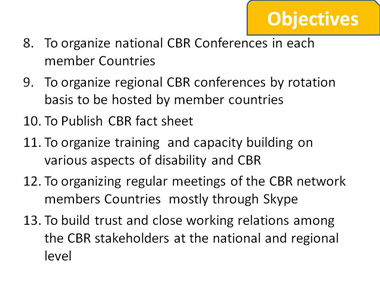 (Slide 11 text)
(Slide 11 text)
Slide 12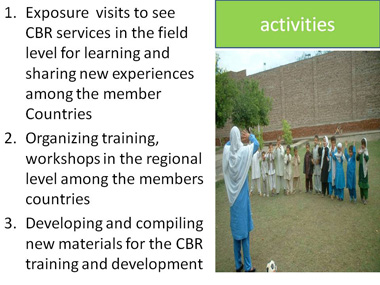 (Slide 12 text)
(Slide 12 text)
Slide 13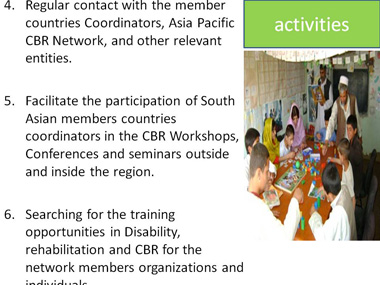 (Slide 13 text)
(Slide 13 text)
Slide 14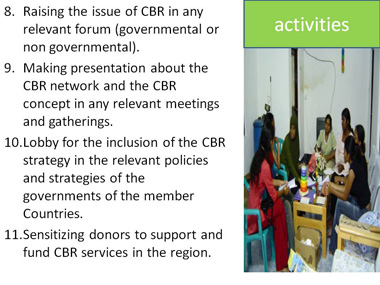 (Slide 14 text)
(Slide 14 text)
Slide 15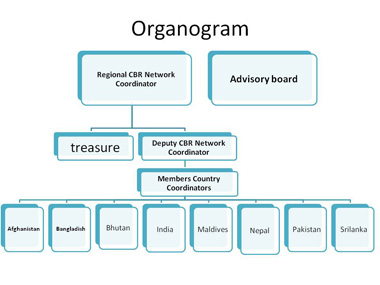 (Slide 15 text)
(Slide 15 text)
Slide 16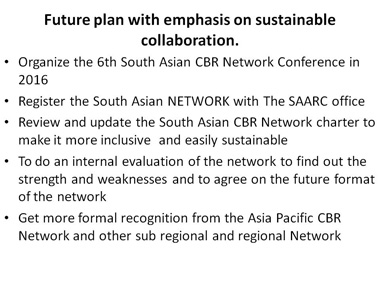 (Slide 16 text)
(Slide 16 text)
Slide 17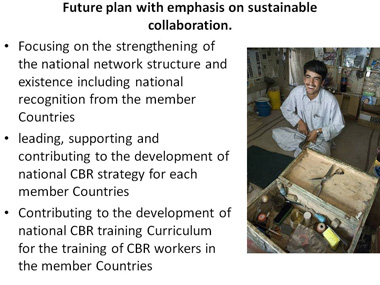 (Slide 17 text)
(Slide 17 text)
Slide 18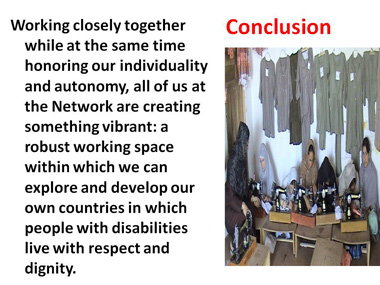 (Slide 18 text)
(Slide 18 text)
Slide 19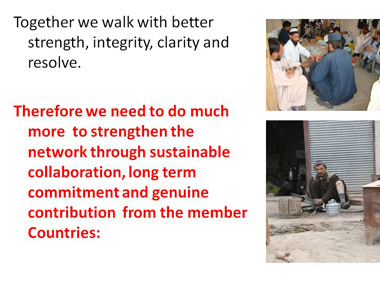 (Slide 19 text)
(Slide 19 text)
Slide 20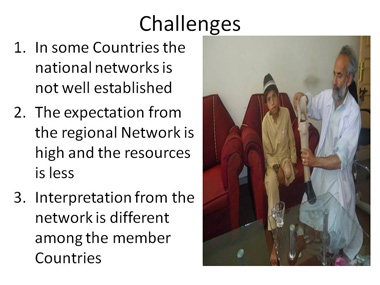 (Slide 20 text)
(Slide 20 text)
Slide 21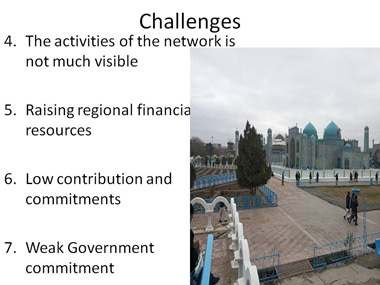 (Slide 21 text)
(Slide 21 text)
Slide 22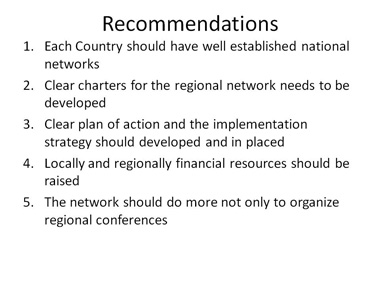 (Slide 22 text)
(Slide 22 text)
Slide 23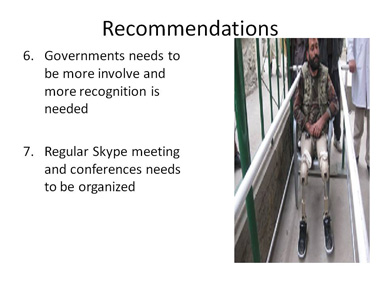 (Slide 23 text)
(Slide 23 text)
Slide 24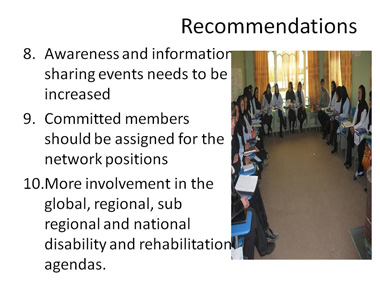 (Slide 24 text)
(Slide 24 text)
Slide 25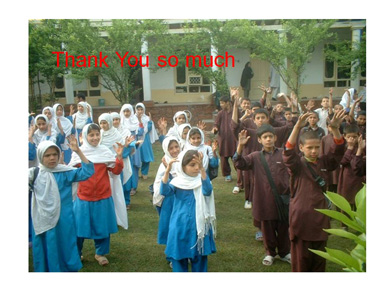 (Slide 25 text)
(Slide 25 text)

